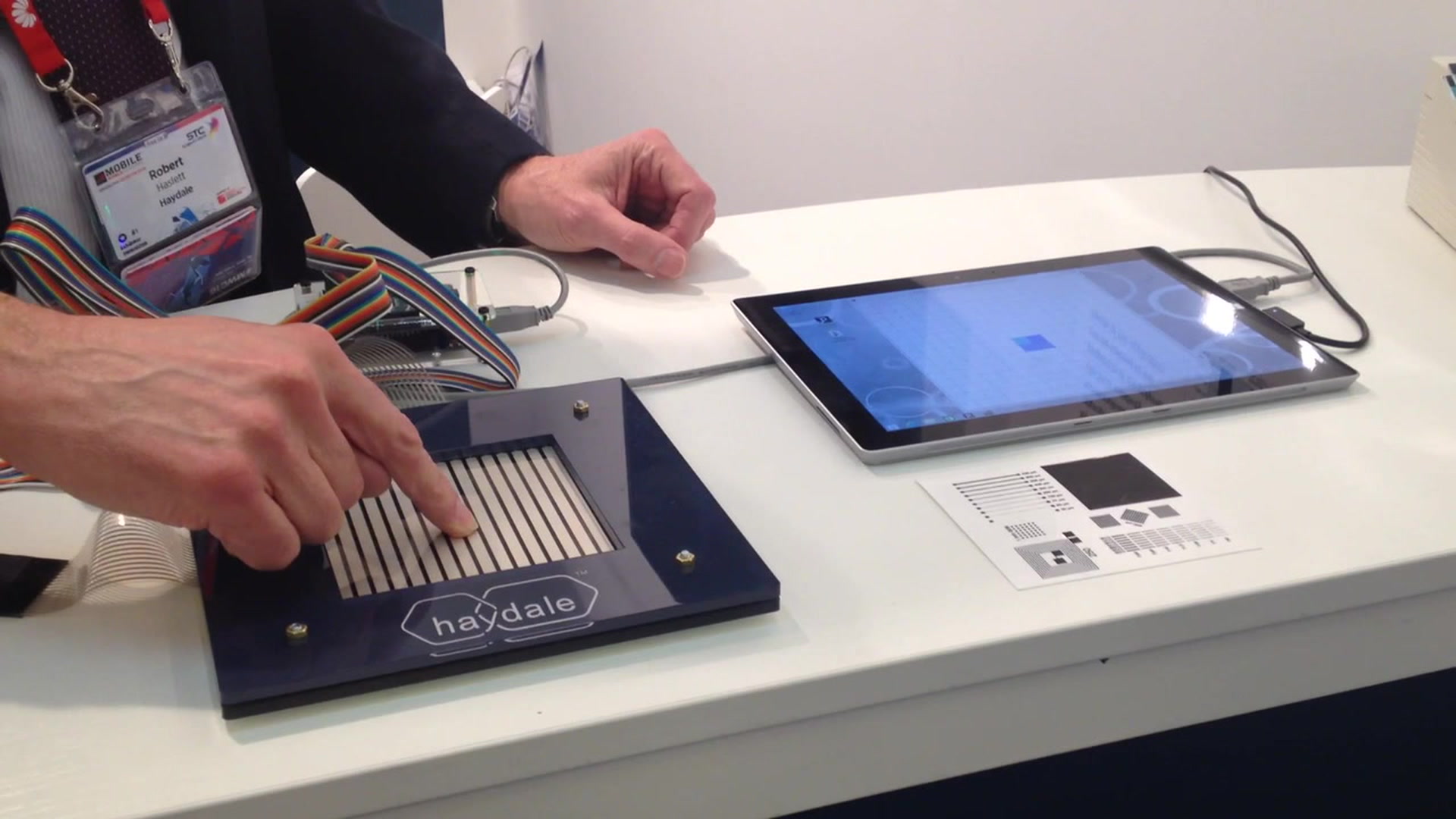UK-based Haydale Graphene Industries Plc has established itself over the years as one of the go-to companies if you wanted graphene to have just the right properties for the device you were aiming to develop. If you wanted the graphene to have high conductivity, or maybe conductivity was not as critical as its thermal properties, Haydale was the place you would go to get graphene that did exactly what you wanted.
The task of functionalizing and dispersing graphene so that it bonds with the resin or polymer matrix in which it is being used has proven trickier than many companies had initially thought. Scores of novices have tried mixing batches of graphene into their products, only to have it make the products worse rather than better.
The backbone of Haydale’s business has been providing expertise on how to extract graphene’s attractive properties. But now the company is moving up the value chain, offering its own device based on its functionalized graphene.
Through a development agreement with the Welsh Centre for Printing and Coating (WCPC) at Swansea University, Haydale has taken what it has learned about using graphene to impart electrical conductivity and, together with WCPC, developed a material that, when used in a pressure sensitive sheet, conducts electricity only when pressure is applied. In the video below, Rob Haslett, the Sector Manager of Functional Inks at Haydale, explains how the sensor was developed and how Haydale expects the technology to be applied.

The thin plastic sheet has conductive silver tracks oriented vertically on one side, and silver tracks oriented horizontally on the other side. In between these tracks is a graphene-based conductive ink that is responsive to pressure, making it possible to measure the pressure at any point across the film’s surface.
When the sheet is attached to a computer or intelligent device, it can deliver a readout indicating not only where the pressure is occurring onthe film, but also how strong that pressure is. This difference in pressure is shown through different shades of color: Lighter shades mean light pressure and darker shades indicate heavier pressure. This makes it possible to map pressure the way a cartographer would.
The beauty of the sensor is that it is relatively inexpensive and easy to manufacture, according to Haslett. Further, the piezoelectric ink based sensor can be made to any size and shape. So it’s conceivable that you could cover an entire floor with it. Haslett also suggests that the sheet could be shaped into a glove or an insert for a shoe, offering potential applications as a “smart” shoe for sports or medical rehabilitation. Haslett and his colleagues have also considered a number of other applications, including security systems that could detect when something has been moved.
Haydale says it is looking for partners to work with in developing the sensor for some applications that they might have overlooked.
Dexter Johnson is a contributing editor at IEEE Spectrum, with a focus on nanotechnology.



